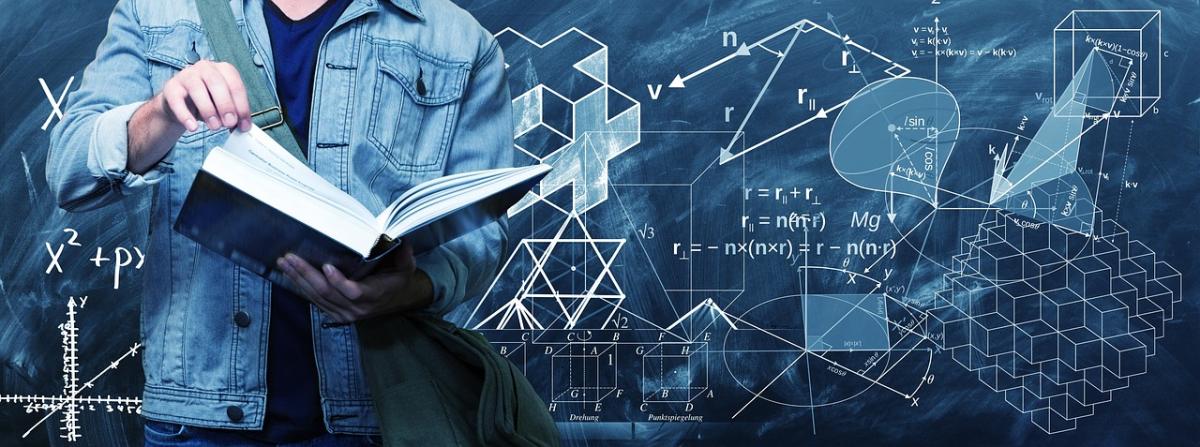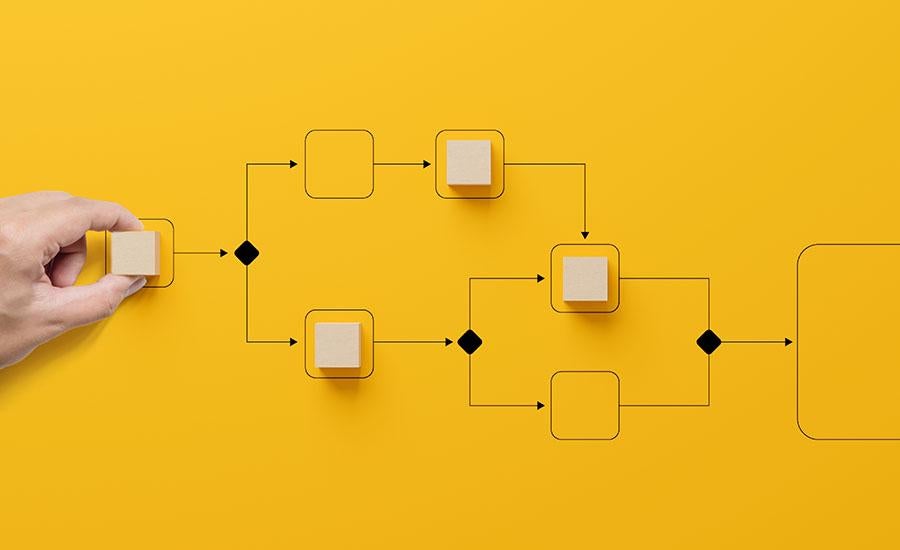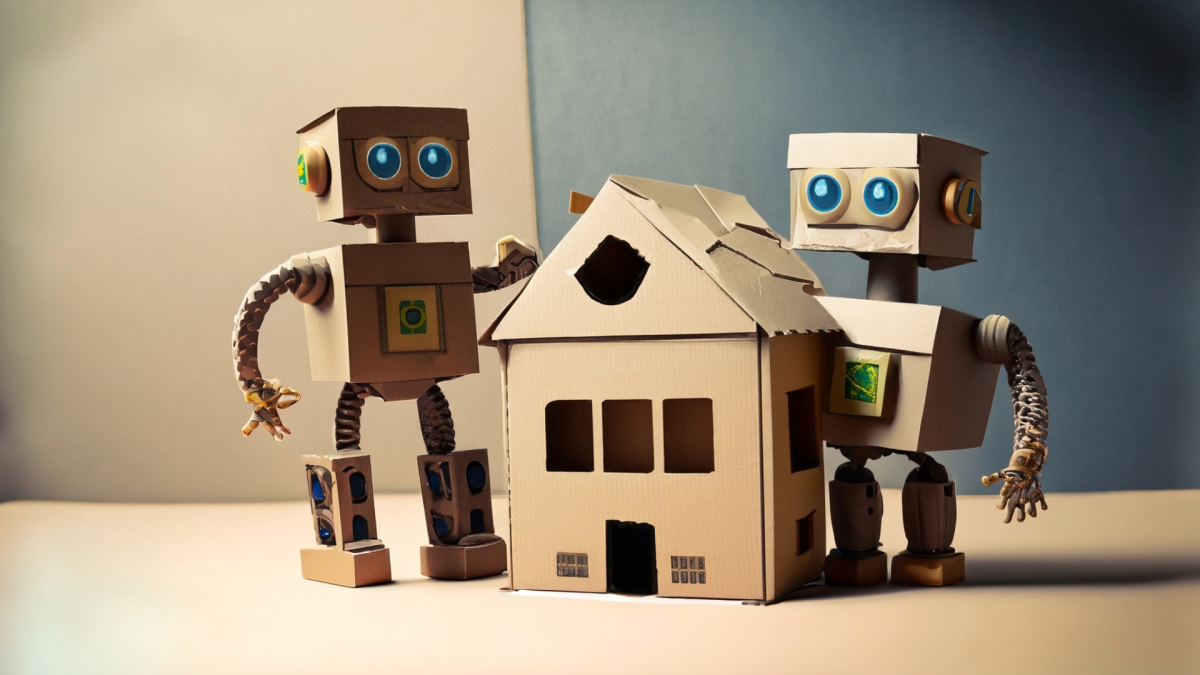
App Design: Part 2
This is the 2nd lesson that walks learners through the process of developing apps with MIT App Inventor. Students will create a detailed plan for an app that solves a problem, followed by learning to modify visuals, create multiple screens, use a variety of layouts and views, add icons, and package apps for installation.
Links to helpful resources are included!
Lesson Plan Link/URL
https://docs.google.com/presentation/d/1AH7eb0eRE0ojqG9fucpQ-_EOQg-kKvbn/edit?u…Subject Area
Technology 1. Empowered Learner 3. Knowledge Constructor 4. Innovative Designer 5. Computational Thinker 7. Global Collaborator Engineering S5: Apply Technology to Engineering MathematicsRelated Content

This lesson utilizes a digital level to provide real-world applications of slope and angle measurements. Making connections to careers and practical applications enables students to answer that

In this primary Kindergarten-1st grade STEM lesson, students will learn to define algorithm, bug, and debug in reference to programming. Through engagement with a virtual simulation, students will

In this hands-on engineering and science project, students will become earthquake engineers tasked with designing and constructing earthquake-proof structures using toothpicks and mini marshmallows